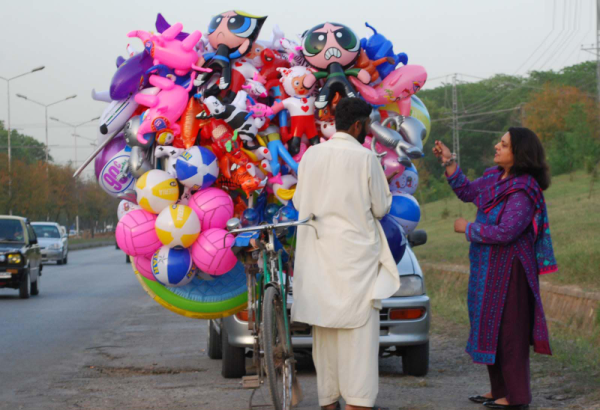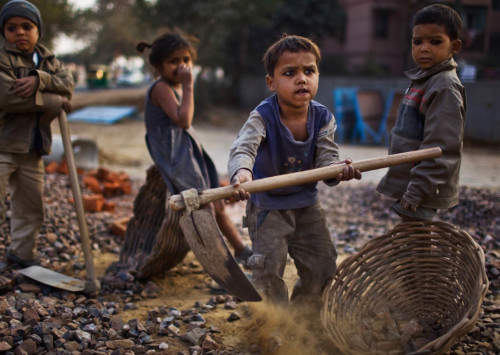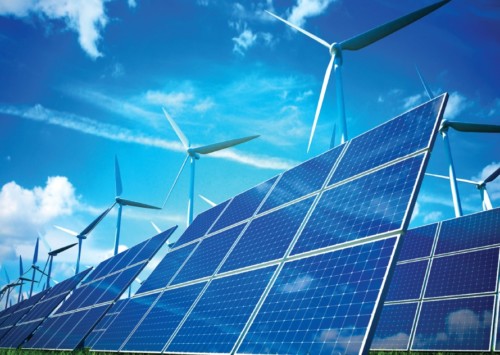How some of India’s poor come out of the poverty zone
Biz@India

The increasing requirements of domestic servants, street vendors, electricians, carpenters, drivers and alike has helped the poor to rise above the poverty line
The increasing requirements of domestic servants, street vendors, electricians, carpenters, drivers and alike in Indian cities has helped the poor to rise above the poverty line and join the lower segment of the middle class.
Poverty in India is widespread, but though the problem is engraved in the country, many people who earlier belonged to the ‘poor’ category have now managed to pull themselves above the poverty line to become the ‘new middle class’.
Street vendors, domestic servants, electricians and even carpenters who work as labourers, along with others who earlier fell under the category of ‘poor’ now earn enough to join the lower segment of the middle class population.
Poverty line is an economic benchmark used by the Government of India to identify individuals and households who are poor and need government aid. In India, individuals earning less than INR 128 per day are considered to be extremely poor. The lower middle class refers to households whose daily per capita consumption expenditure is between INR 134 – INR 268, while poor households spend less than INR 134 per capita per day.
According to a recent study about ‘The Rise of the New Middle Class and the Role of Offshoring of Services’, the lower middle class population is now growing and earning better, since more of their family members are employed.
“My son is a driver and my daughter-in-law and I work as household servants. I alone earn INR 20,000 a month,” says Mona, who works at six houses a day in Dwarka, South West Delhi. “By the grace of god, we now have all the necessities including food, electricity, water, phone, a cooler, television and utensils.”
Arun, an electrician in New Delhi has also witnessed an increase of his disponible income: “My income is not fixed but I earn between INR 8,000-12,000 each month. My wife and mother work as domestic helps and together we manage to save some money every month.”
According to the study, between 2004-05 and 2011-12, India witnessed a growth in the new middle class population from 28 pc to over 50 pc of the total population. The size of this new middle class is estimated to have increased from 304 million to 604 million people.












